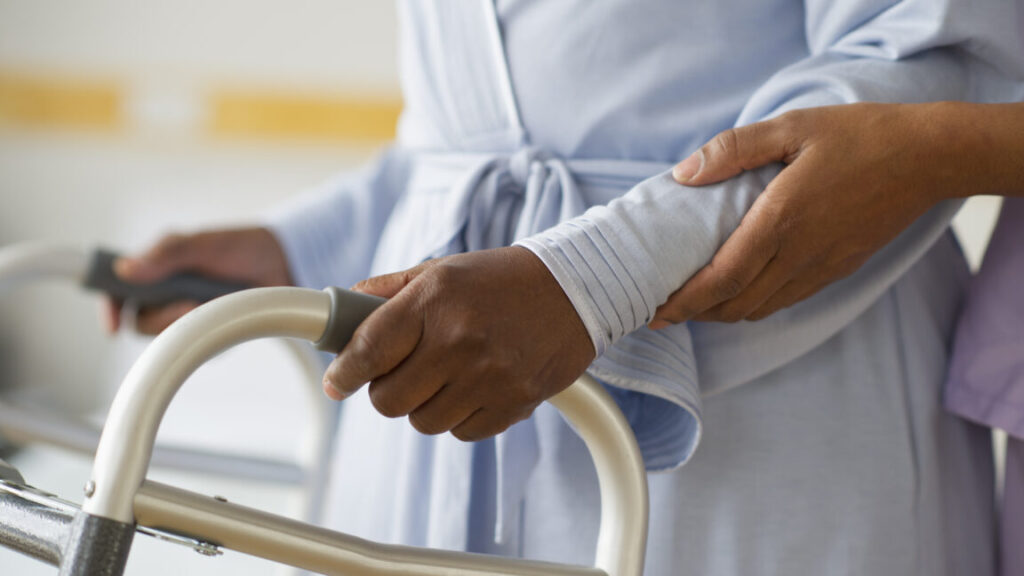
For the new study, researchers at the Mayo Clinic analyzed health statistics collected by the World Health Organization. The resource included data from 183 countries, allowing the researchers to compare countries’ life expectancy and healthspans, which are calculated by years of life weighted by health status.
Longer, but not better
Overall, the researchers saw lifespan-healthspan gaps grow around the world, with the average gap rising from 8.5 years in 2000 to 9.6 years in 2019. Global life expectancy rose 6.5 years, to about 73 years, while healthspans only rose 5.4 years in that time, to around 63 years.
But the US was a notable outlier, with its gap growing from 10.9 years to 12.4 years, a 29 percent higher gap than the global mean.
The gap was most notable for women—a trend seen around the world. Between 2000 and 2019, US women saw their life expectancy rise 1.5 years, from 79.2 to 80.7 years, but they saw no change in their healthspans. Women’s lifespan-healthspan gap rose from 12.2 years to 13.7 years. For US men, life expectancy rose 2.2 years, from 74.1 to 76.3 years, and their healthspans also increased 0.6 years. Their lifespan-healthspan gap in 2019 was 11.1 years, 2.6 years shorter than women’s.
The conditions most responsible for US disease burden included mental and substance use disorders, plus musculoskeletal diseases. For women, the biggest contributors were musculoskeletal, genitourinary, and neurological diseases.
While the US presented the most extreme example, the researchers note that the global trends seem to present a “disease paradox whereby reduced acute mortality exposes survivors to an increased burden of chronic disease.”